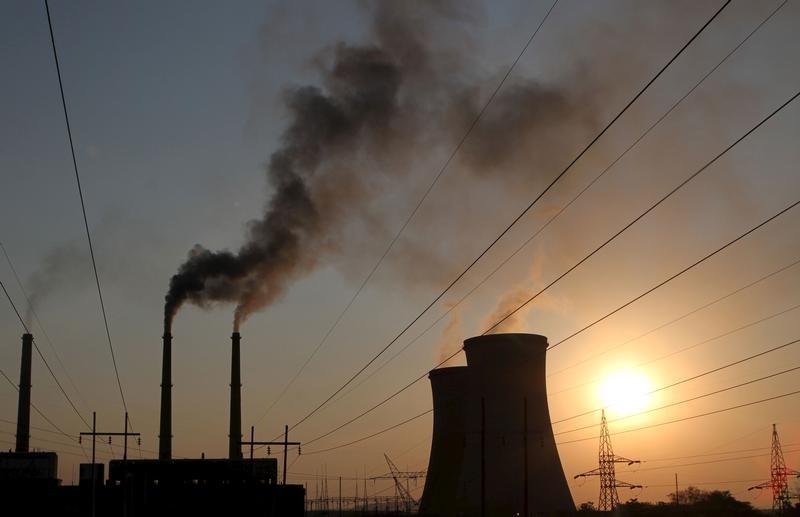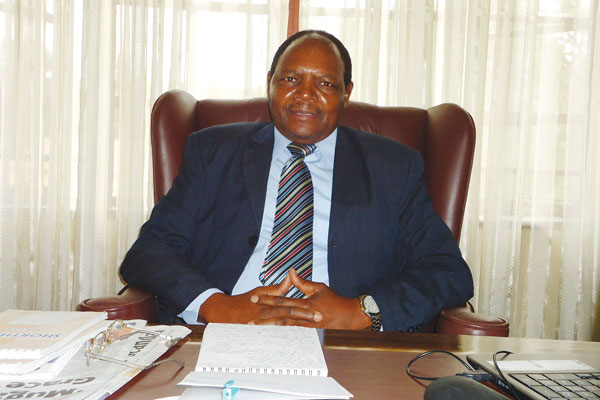
By Jabulani Jonathan Mhlanga
In the previous article, we examined the effects of Zimbabwe’s power challenges and presented a tantalising solution in the form of solar power. In this article, we will discuss potential strategies for expediting the deployment of solar power to ease our energy woes as quickly and efficiently as possible.
Currently, when we think of electricity generation, we think of large centralized plants feeding power transmitted over long distances to reach the end-user. With solar energy, this typically means taking over large swaths of land to create “farms” of photovoltaic panels. These come with their issues, such as deforestation to clear land, displacing wildlife and people, and possibly using up arable agricultural land.
These solar farms may also be far from human settlement, requiring further investment in power lines. They also share a problem with the centralised energy we already use, with a few points of failure having massive consequences. The failure of a single power line or transformer, for example, could take an entire solar farm offline, depriving the grid of thousands of households’ worth of electricity.
In addition, the sun is not always available 24 hours a day. Generating solar energy is only viable during the daytime, as well as when the sky is free of dense cloud cover. This makes it necessary to build large power reserves, such as battery banks and pumped hydro.
Every home a power station
Fortunately, we have a solution to all these problems. Every house has a rooftop which is exposed to the sky, and we can ‘deputise’ these as a standalone micro power plant. The major advantage of this is that we already have connected every urban home to the national grid. We can exploit this connection to feed power into the grid when there is a surplus of production from the solar panels while drawing from it when there is a deficit. The government has already put in place regulations allowing for such “net metering”, and recently increased the cap that households can feed into the grid from 100kW to 5MW.
On-site batteries serve as a backup for the individual residences and the grid at large. Grid-connected home-based solar with battery backup provides individual Zimbabwean families and businesses with their first real taste of energy independence.
- Chamisa under fire over US$120K donation
- Mavhunga puts DeMbare into Chibuku quarterfinals
- Pension funds bet on Cabora Bassa oilfields
- Councils defy govt fire tender directive
Keep Reading
Nature decentralises systems such as these, eliminating the problems caused by power centralisation. The distribution of photovoltaic panels over a larger area rather than being concentrated in one location reduces the impact of cloud cover. We can also partner these systems with artificial intelligence and data-driven micro-grids, allowing neighbourhoods to share power and storage, as well as bargain with the national authority. No single point of failure would ever plunge large swaths of the country into darkness, as has happened before.
For the sake of our environment and our nation’s development, we need to deploy massive amounts of renewable energy as quickly as possible. Home-based solar micro power plants can help achieve this goal. It is far quicker to have a wide variety of installers putting up thousands of these systems than it is to have a few large-scale projects, which notoriously take a long time and can be subject to cost and deadline overruns.
With homeowners footing part of the bill, this can also ease the initial cost burden for the government. We can distribute additional funding as tax rebates, as well as in loans repaid through the end user’s power bill.
Many paths to the future
We have a long way to go before Zimbabwe is completely energy independent. The solutions presented here are but a few of those we have available to us. Another source of renewable energy that we have in ample supply is wind, particularly in the Eastern Highlands. Large-scale wind power projects can partner small wind turbines on homes and farms all intelligently connected to the grid.
We can also solve some of the unreliability problems faced by wind and solar by exploiting areas with hilly terrain to build pumped hydropower facilities. These act as giant batteries by pumping water from a lower reservoir to a higher one using surplus electricity when renewables are at their most productive, then running the water back down through a turbine to generate electricity when the sun is down or wind speeds are low.
More than anything, we need the knowledge, talent, industriousness and ingenuity that Zimbabweans have shown time and time again to make these dreams a reality. With the Zimbabwean government, companies of all sizes, homeowners and other average citizens working on large and small scale renewable energy projects, Zimbabwe has a bright future in the 21st century.
- Jabulani Mhlanga is a Zimbabwean physicist based in India. He is a sustainable energy activist with an interest in the rolling out of solar energy projects as a long-term solution to power outages and inefficient power generation methods.










